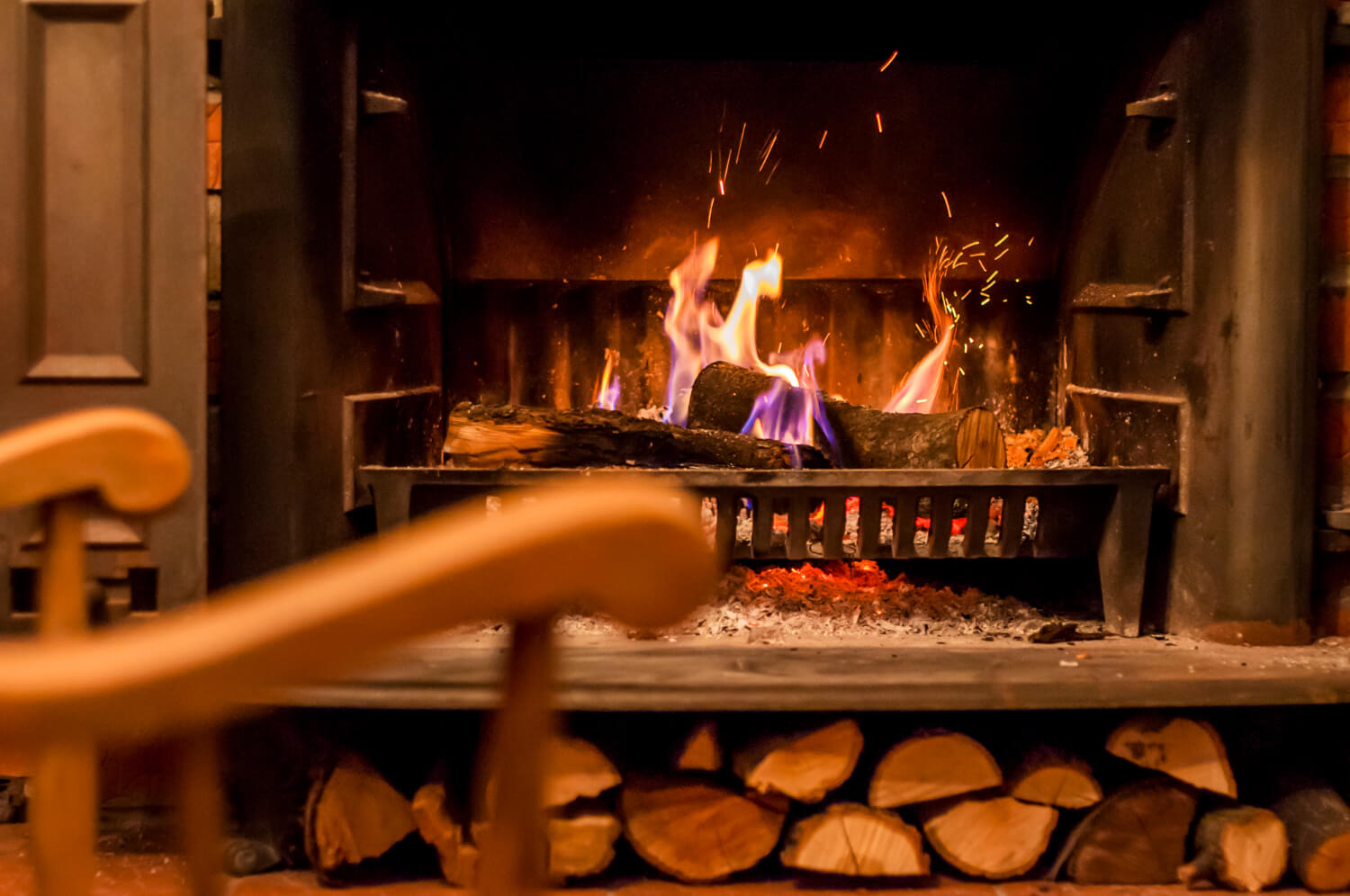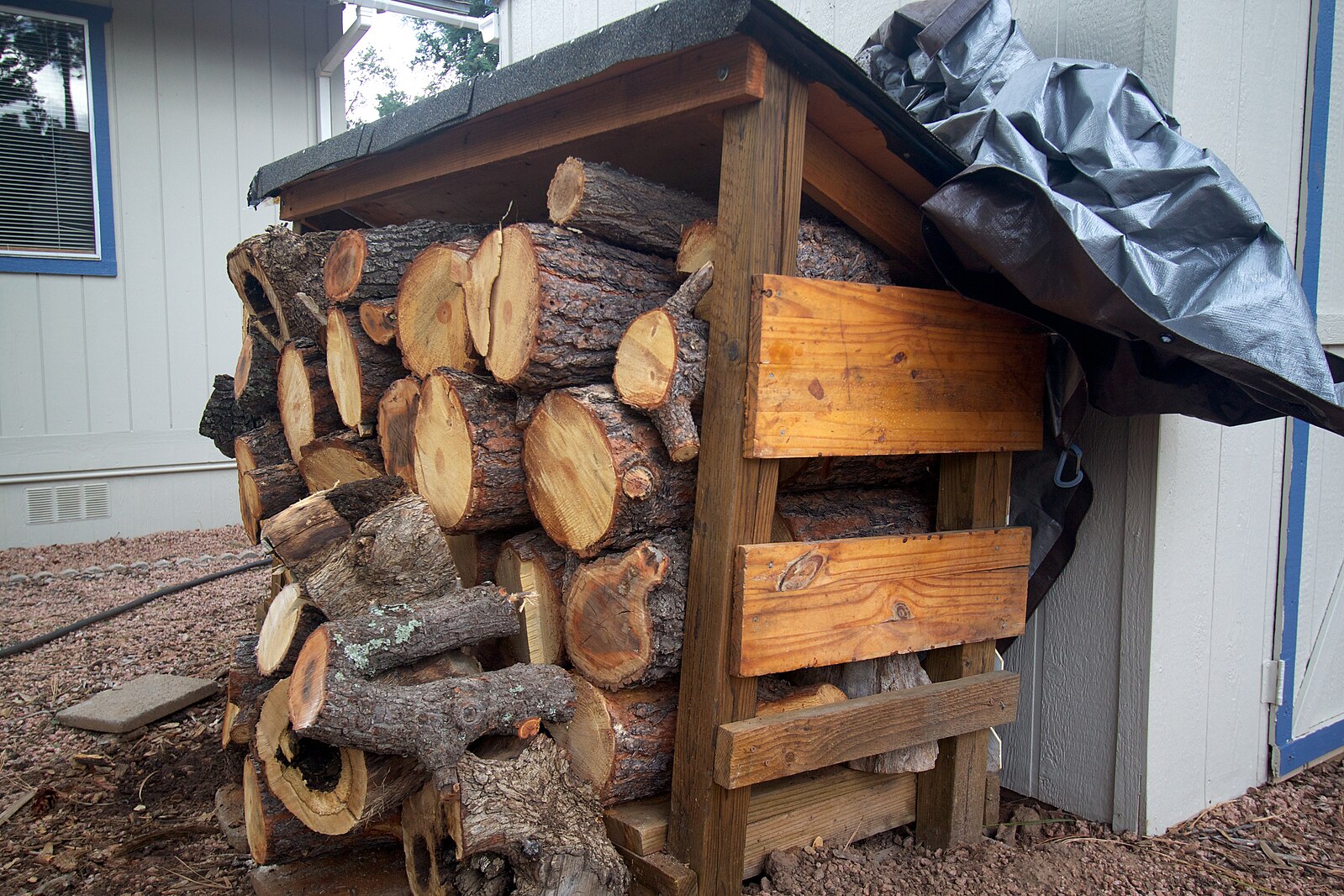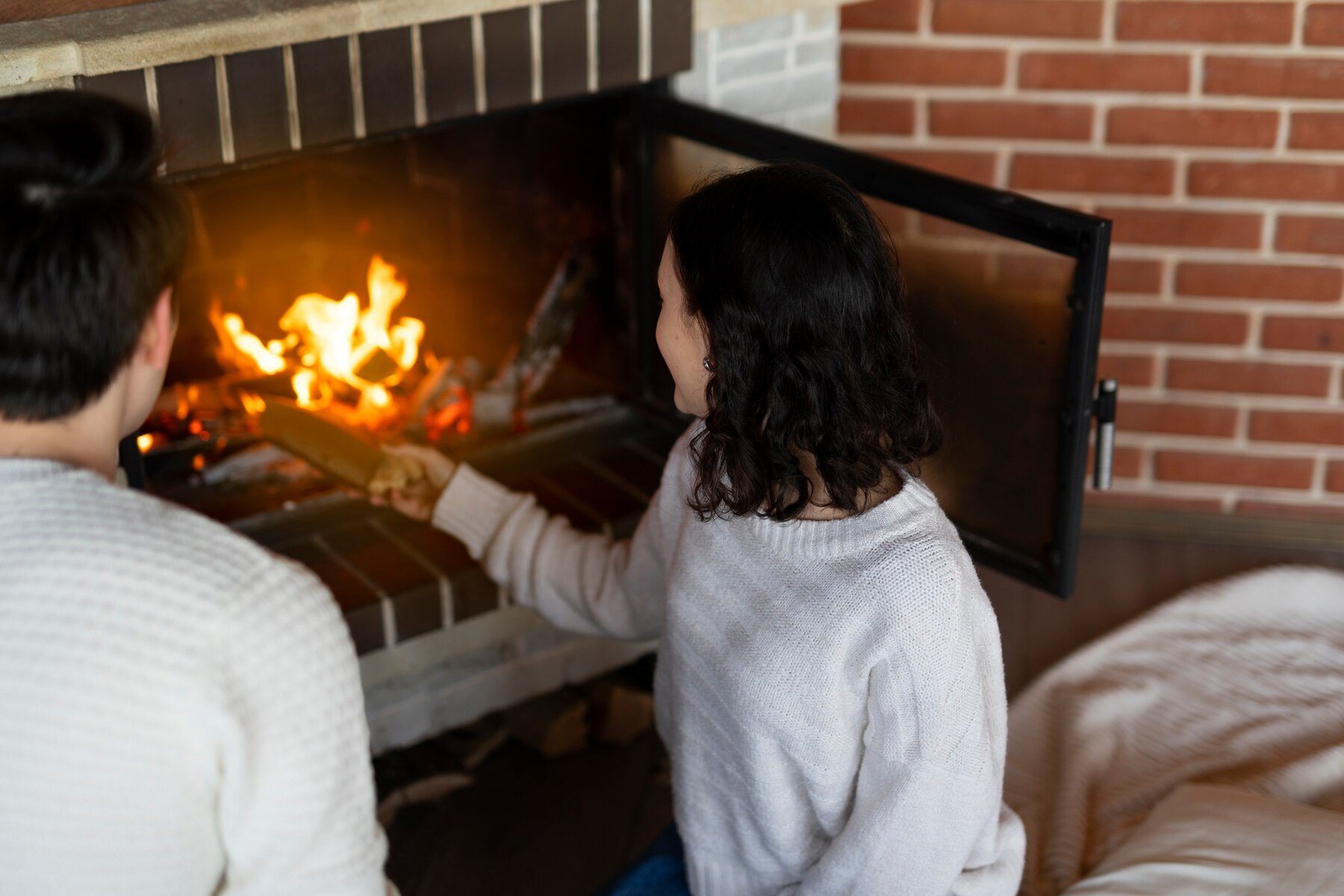
Creating a cozy fire in the fireplace might seem simple, but there’s a lot to it, and some people even consider it an art. The key lies in understanding the three essential materials necessary to start a fire and how to use them. Those are tinder, kindling, and seasoned wood, and they all have unique properties that combine to make fire easily.
The Art of Making Fire
Moss, wood shavings, or cotton balls can all serve as tinder because they ignite quickly and kickstart the fire. Kindling is usually made from citrus peels or small sticks, and it burns slowly enough to catch larger logs on fire. Seasoned wood is wood that has been dried for at least a year, which ensures a long-lasting, crackling blaze. Using the right materials is crucial.

Caution is advised against using paper as a tinder. This is the case because paper can generate excessive heat and become a fire hazard. Paper with dyes or ink is especially dangerous because it can give off potential chemical fumes when burning. The size and condition of the logs are also important. The best to use for most fireplaces and stoves are between 16 and 18 inches, which are dry and gray. Using unseasoned wood can lead to creosote buildup in the chimney, which is a fire hazard.
Tinder, Kindling, and Seasoned Wood
Stacking the fire correctly is another important step. The greatest importance here is to ensure good oxygen flow. Different methods to achieve that include using the log cabin, cone, or lean-to, which can be employed based on the firebox size and log dimensions. These methods ensure proper airflow for a healthy fire. However, starting the fire should be done cautiously and you shouldn’t use lighter fluid indoors. A long match or grill lighter is great for igniting the tinder evenly for a sustained fire.

To further enhance fireplace safety in a way that can prevent home fires, using seasoned wood is a must. Creosote buildup, caused by burning wet wood, can damage the chimney lining and is highly flammable. Pre-heating the flue by lighting a dry stick or kindling above the damper before starting the fire helps reduce condensation and ensures a safer fireplace experience. Starting a fireplace fire is an art that involves choosing the right materials, stacking them properly, and following safety measures. Understanding tinder, kindling, and seasoned wood and how to use them will help anyone create a warm and safe fireplace experience.